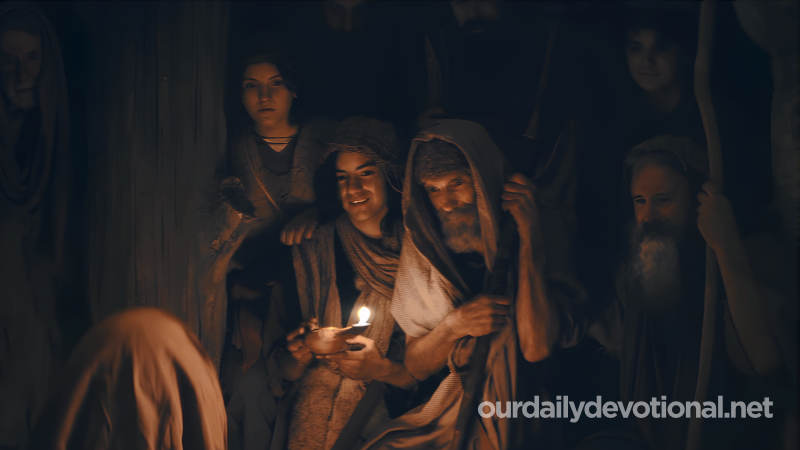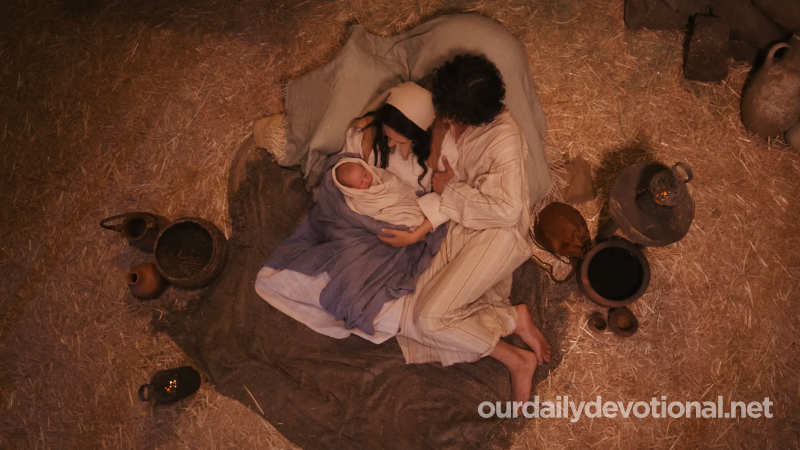The bread of the Israelites was in the shape of a flat cookie; It was made from wheat flour, while the poor used barley flour.
The grain was ground every day in a manual mill, and cooked every day to keep it fresh. If it was made for immediate consumption, it was frequently made without yeast (Gen. 19:3; 1 Sam. 28:24; cf. unleavened bread, from a Greek term meaning "without yeast").
However, the art of preparing leavened bread was known (Mt. 13:33).
The question has been raised whether the shewbread, which was still good at the end of eight days, was leavened. Josephus claims not (Ant. 3:6, 6).
During the first Passover, when the order to march was given, the dough was already prepared, but was not yet leavened (Ex. 12:34). The private family oven was a large transportable vessel; After having heated it, the cookies were applied against its walls, which, cooked in this way, were very thin.
In addition to the bread that was baked in the oven (Lev. 2:3), a type of cake was fried in a shallow pan. Bread was also made on the same embers of the hearth, or on stones previously superheated and free of ashes (1 Kings 19:6).
This method was used when there was a rush (Gen. 18:6).
Nowadays, the Bedouins make a fire in a hole dug in the ground, then clean it and put the loaves or cookies there.
The bread was baked all night in this carefully covered oven. Without a doubt, the Israelites knew this method.
Baking bread was usually a job reserved for women (Gen. 18:6; 1 Sam. 8:13; Lev. 26:26; cf. Judg. 6:19). In the large mansions it was slave work, although in the cities there were bakers who sold the bread (Jer. 37:21; cf. Hos. 7:4, 6).
The Law lists the different forms of bread that could be offered to Jehovah (Lev. 2).
When speaking of “our daily bread,” the Lord Jesus refers to all the sustenance needed for an entire day (Lk. 11:3).
Meaning of BREAD
The bread of the Israelites was in the shape of a flat cookie; It was made from wheat flour, while the poor used barley flour.







